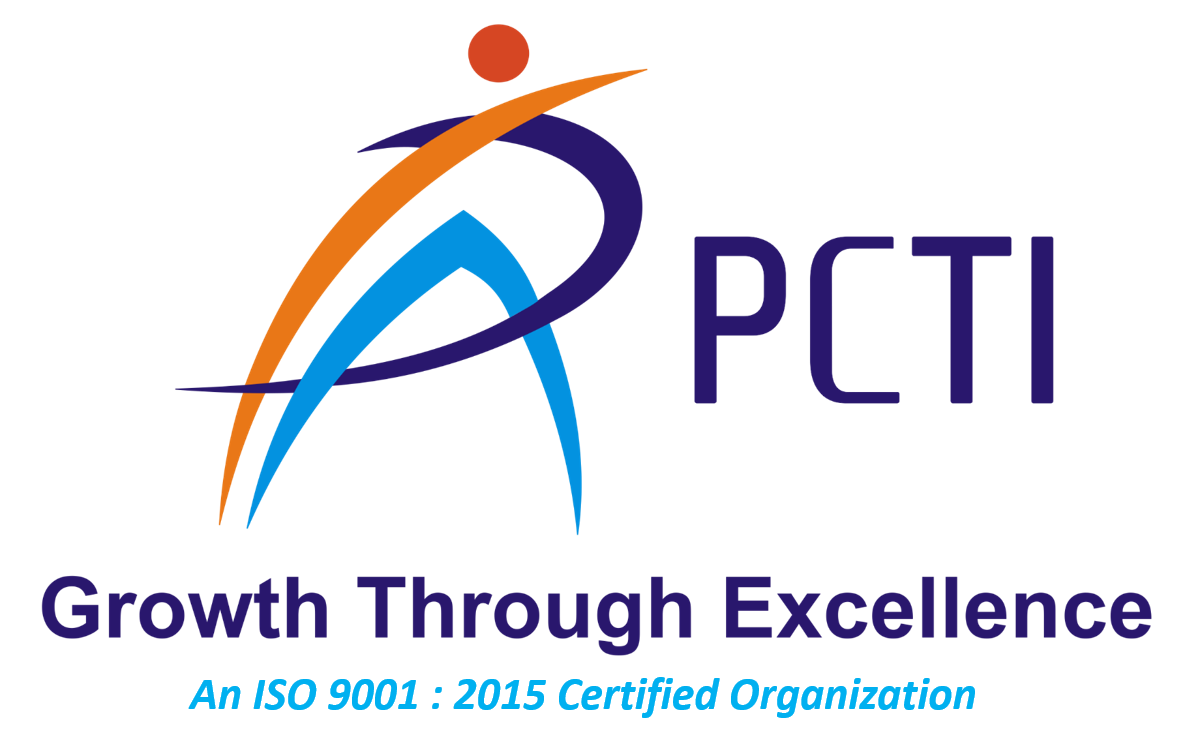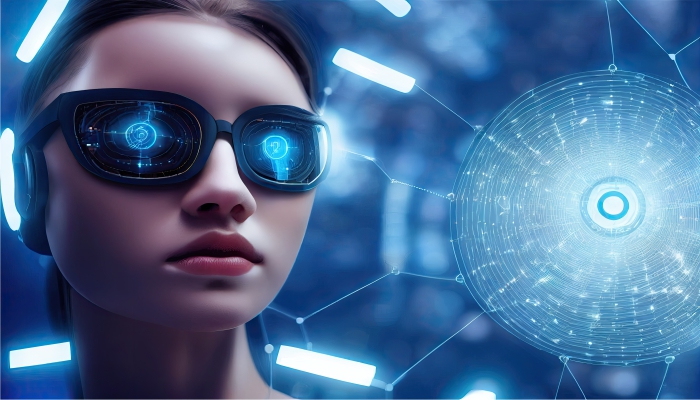Artificial Intelligence in Education has played a vital role Artificial Intelligence in education can be a game-changer for everyone. Many sectors are already using AI across the country like IT, Medical Science, Agriculture, Banking, Astronomy, Healthcare, Gaming, Finance, Data Security, Social Media, Travel & Transport, Automotive Industry, Robotics, Entertainment, E-commerce, and many more.
What is the impact of AI on Education?
Technology has always played an essential role in education. With the beginning of AI in education, there are many various ways to find out. Some of the technologies are affecting education in every way.
Computerized reasoning is currently a piece of our ordinary lives. Artificial Intelligence in instruction has felt the conventional techniques change definitely.
The scholarly world is becoming more advantageous and customized on account of the various utilizations of AI for training. There has changed how individuals learn since informational materials are becoming open through intelligent gadgets and PCs. Today, understudies don't have to go to actual classes to review as long as they have PCs and a web association. Computer-based intelligence permits the computerization of regulatory errands, permitting establishments to limit the time needed to wrap up troublesome jobs.
Software- grounded Video Content Analytics (VCA) provides a particular position of reprieve by raising natural-time cautions for many standard breaches like left baggage, stir discovery, etc.
With the arrival of Artificial Intelligence (AI) and Deep Neural Networks (DNN), VCA software is being trained to descry, identify, and distinguish colorful objects in videotape by exposing them to a large number of tagged exemplifications. In addition to AI- grounded object bracket, computer vision algorithms are also being used to price data similar as absolute speed and size, direction, color, path, and area.
AI in Video Content Analytics
The ideal of VCA software is to dissect the videotape sluice, one frame at a time, and produce a structured database of information out of the unshaped videotape data. The VCA machine accepts the raw videotape sluice and converts it to a scrutable format. It also processes the same using computer vision & deep literacy technology.
Face Discovery, Recognition, and Alert
Accurate face discovery and recognition are veritably critical to law enforcement agencies. It helps relate people of interest and is also practical in post-incident examinations.
Automatic attendance
Automatic recognition of authorized individualities or identification of unknown people.
Automatic alert for blocking/ bar people or no-go zone breach.
Customizable MIS reports (cautions/ movements/ area- access/ area- operation).
Precise face recognition fleetly pinpoints people interested in real-time using digital images uprooted from the videotape. External image sources.FR Systems can now be trained with DNN models with numerous sample faces.
Business and Road Safety
AI technology has enabled VCA operations to descry business violations directly and automatically. An extensive set of videotape data and computational coffers have allowed the separate DNN models to be trained effectively.
Object Tracking
During post-incident analysis, object shadowing facilitates tracking a vehicle in case of a megahit-and- run or tracking a person who may have left a suspicious package at the incident point. Using computer vision algorithms, once the object in a frame is detected and segmented, it can also match it against a set of defined orders: auto, bike, truck, man/ woman with a cap, jacket, pack, etc. The VCA software can be skilled in finding out these orders using DNN models.
Conclusion
This blog is named "Artificial Intelligence Trends," it dramatically reduces the workload of security staff and brings significant benefits by detecting unusual incidents and working on numerous videotape forensic problems. In the future, the quality of discovery will continue to ameliorate the relinquishment of AI.

